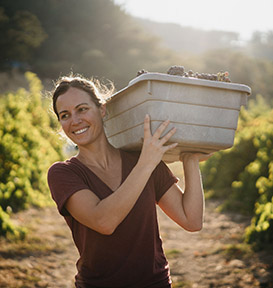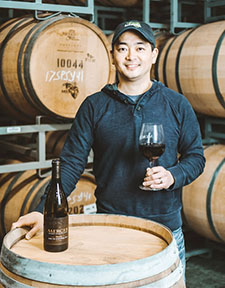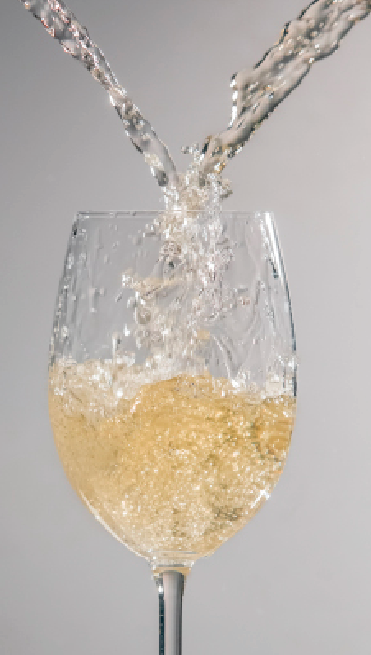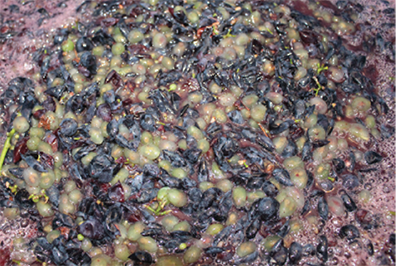Blending Bench Trials
One of the most useful techniques used in blending wine is performing bench trials, which is the process of treating a series of small wine samples with varying degrees of conditions. In the case of blending, bench trials involve dosing a sample of wine with different measured amounts of a blending wine. The goal of bench trials is to try a series of combinations and decide which final blend is best. When you have found the right blend, you can then scale up the addition to treat the entire batch of wine. To perform blending bench trials at home or on a small scale, all you need is some basic equipment and at least three decent wine tasters.
What you will need:
• Three (or more) wine tasters
• A wine thief
• (1) 10-mL graduated pipet or syringe
• The main wine to be tested
• Wines for blending
• Clean wine glasses — enough for each taster and each sample
Procedure:
Allow your tasters to taste each component wine and take some notes on their body, structure and overall profile.
Keep an ample supply of the main “base” wine and pour a 100-mL sample (about 4 oz.) of that into each of the taster’s first glasses. In each subsequent glass, pour another 100 mL sample of the “control” wine, then treat each with the same proportion of a blending wine. For example, in a Cabernet “control” wine for a Bordeaux-style blend, add 10 mL of Merlot in everyone’s second glass, 15 mL in the third, 20 mL in the fourth (and so on). Keep careful notes of what proportions you added for each sample and then let the tasters go to work.
After the tasters have tried each sample, and taken notes on the blends, discuss the results. Which wine seems to have the best balance? What do you notice that is different about each sample? Use the UC-Davis 20-point scale that is used in wine competitions: Appearance, color, aroma and bouquet, volatile acidity, total acidity, sugar, body, flavor, astringency, and general quality.
Repeat this process for adding additional blending wines. When you and the tasting group identifies a “Best of Show” wine, thief out a larger sample — say, 375 mL — and treat the sample to the same ratio as the small sample the tasters agree on. Leave the wine overnight (or longer) to marry the flavors and taste it again the next day. Is it still your Best of Show? If so, you may go ahead and scale up your blending ratio to your larger batch of wine.





